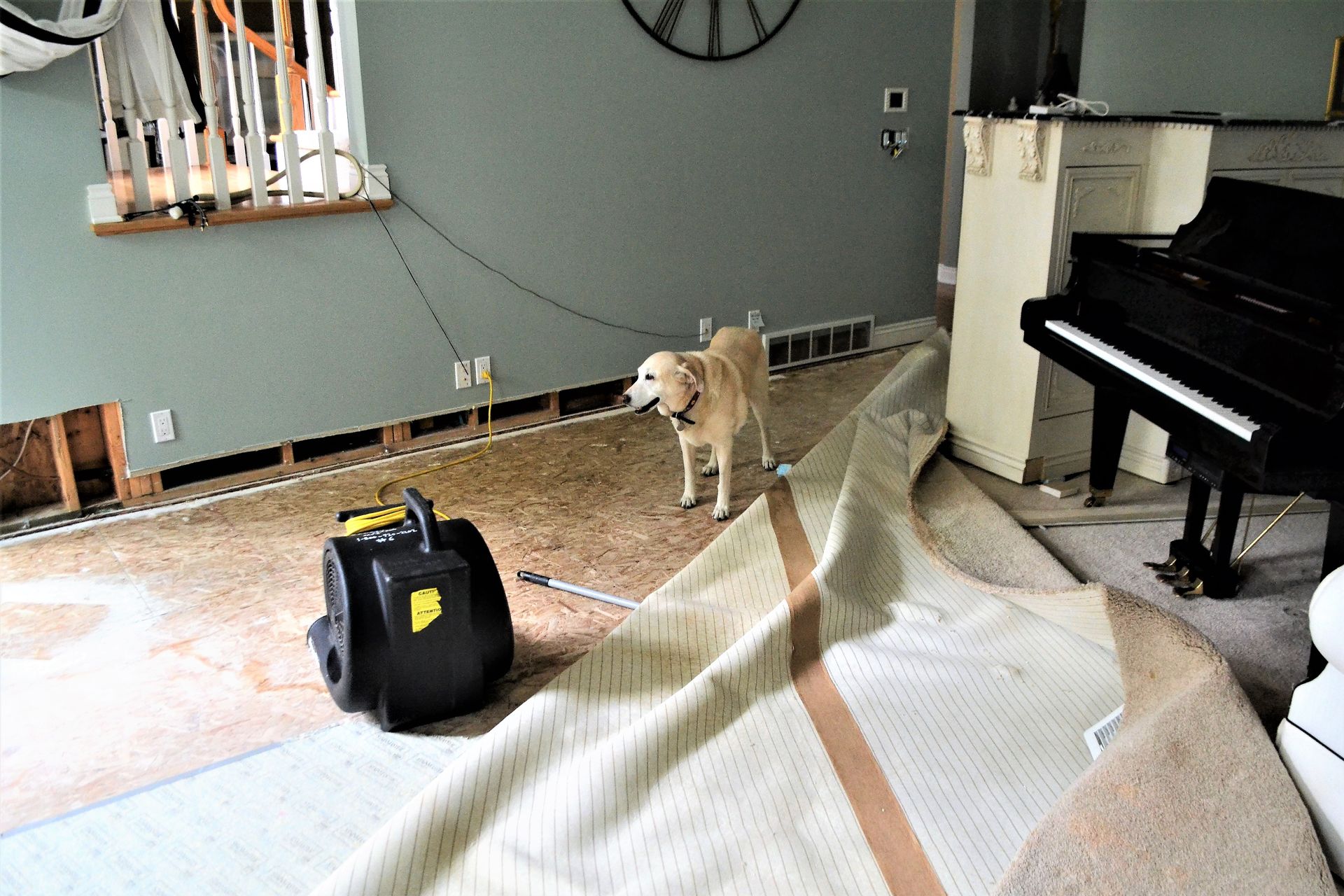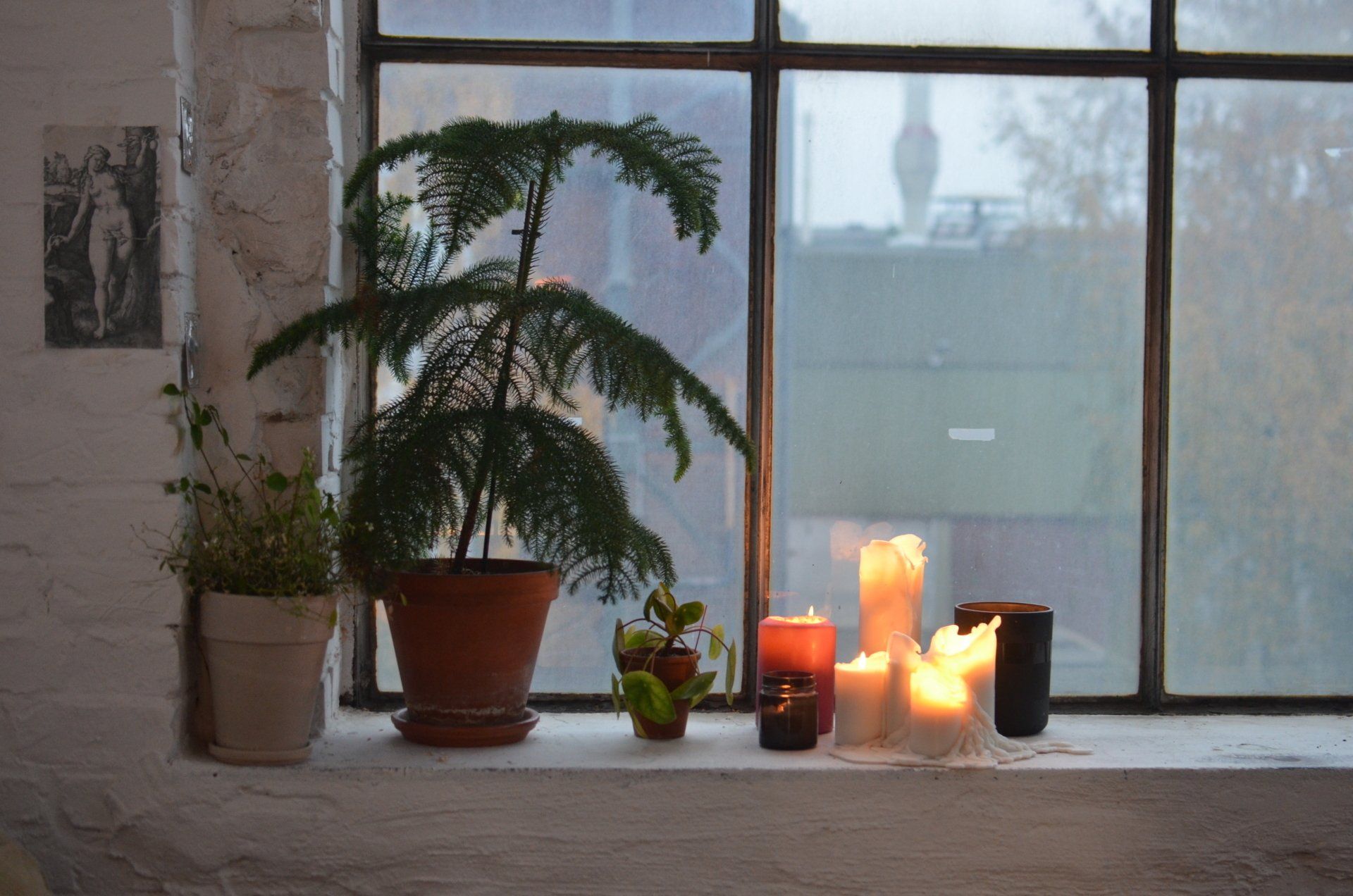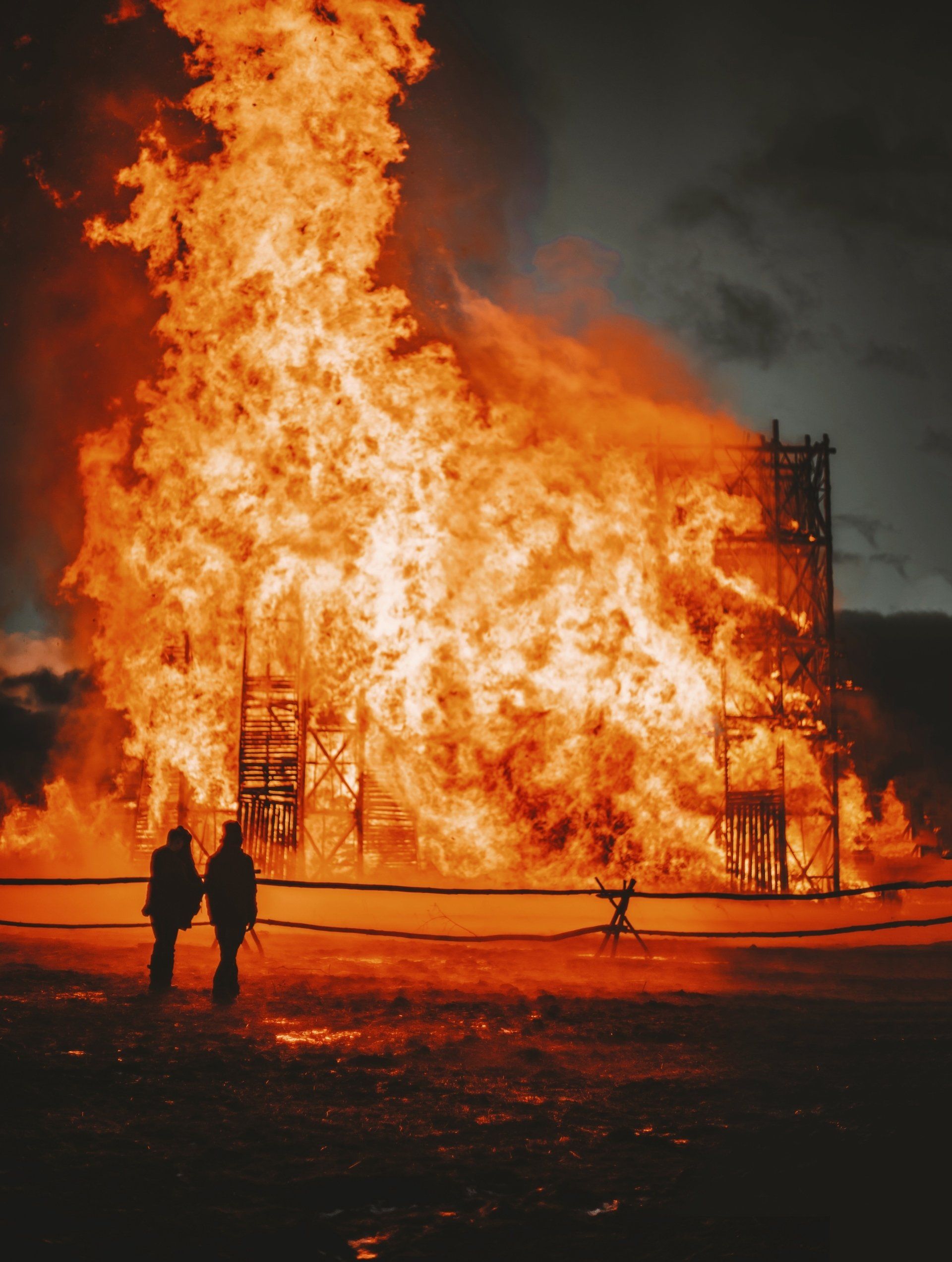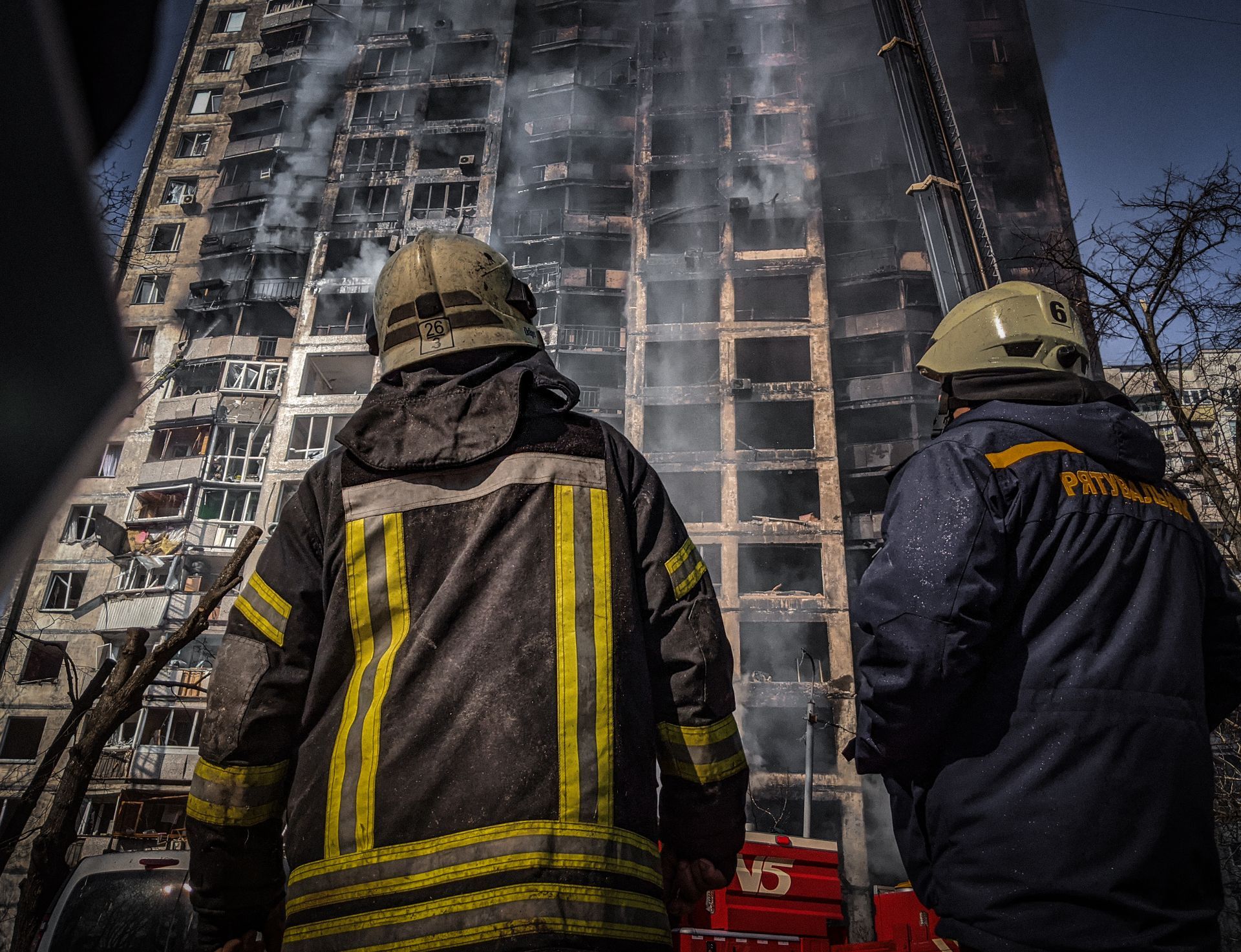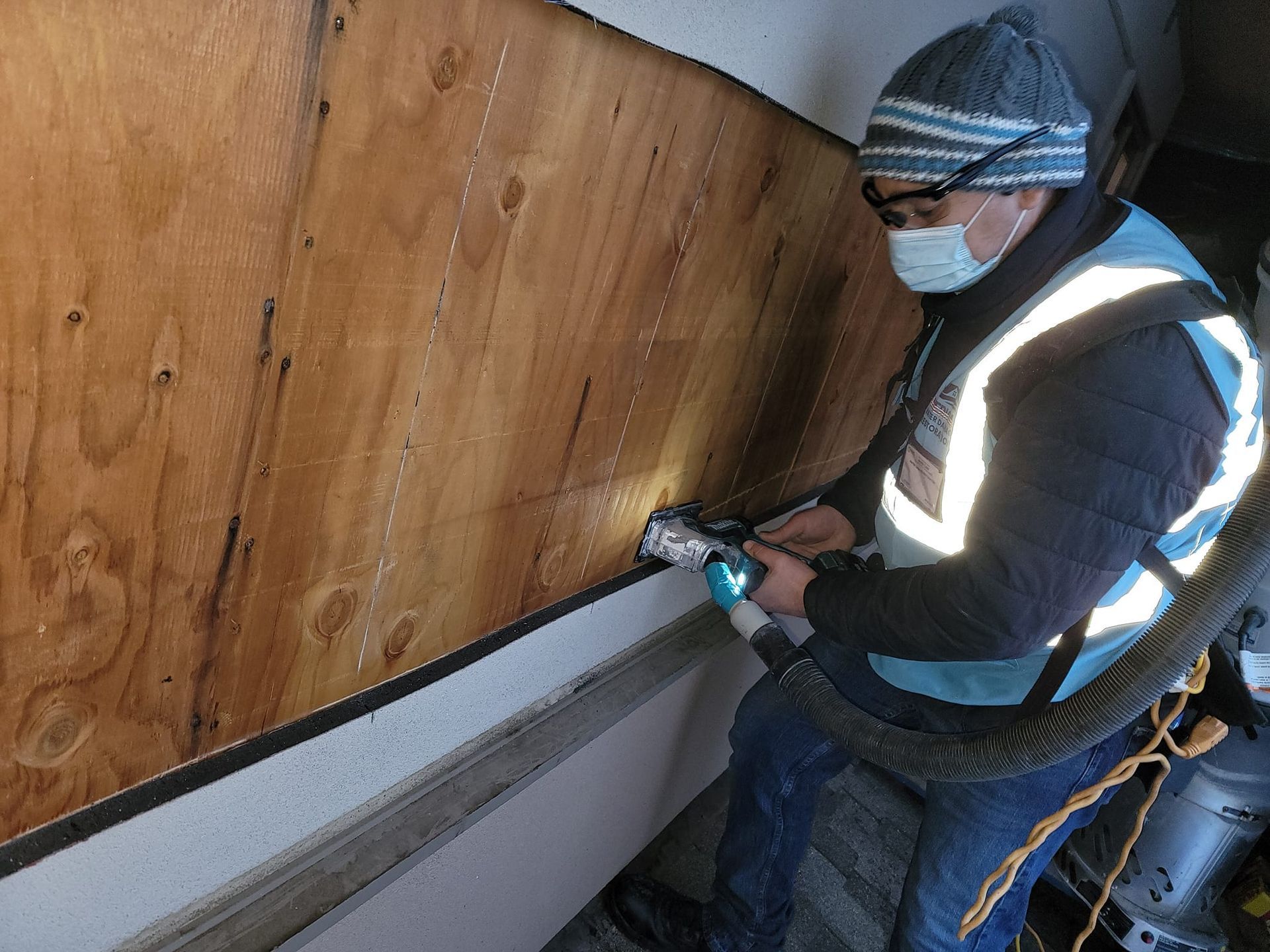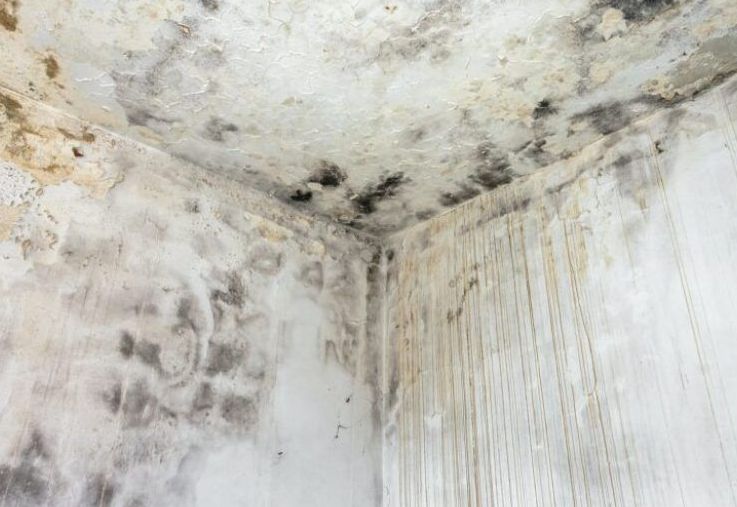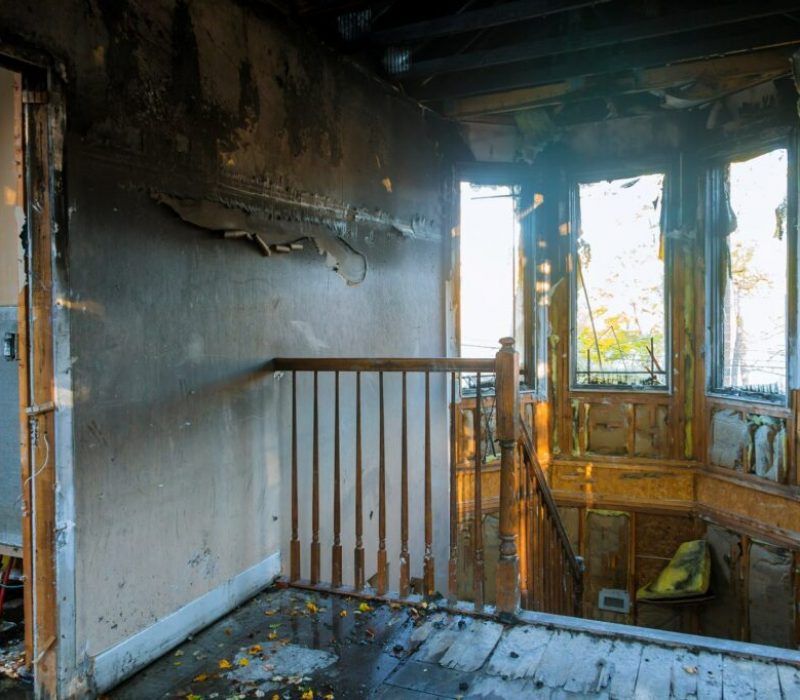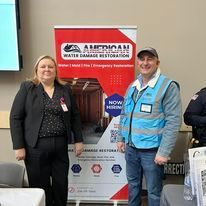- 24/7 EMERGENCY SERVICE
- ON OUR WAY IN 60 MINUTES OR LESS
- WE WORK WITH YOUR INSURANCE
The Process of Water Damage Restoration
The Process of Water Damage Restoration
Understanding the water damage restoration process is vital for homeowners and property managers, helping them efficiently address and mitigate issues to prevent lasting harm to their properties. Common causes of water damage include natural disasters, plumbing failures, and appliance leaks, all capable of causing extensive destruction. This article will delve into what water restoration is, the role of water remediation companies, the intricacies of the flood restoration process, and the steps involved in water damage cleanup, mitigation, remediation, and repair. Given the technical nature of the water mitigation process, comprehensive knowledge of these aspects is imperative for the effective management and restoration of water-damaged properties.
What is Water Damage?
Water damage is categorized into three types: clean, gray, and black water. Clean water, originating from sources like rain or leaky pipes, poses no immediate health threat but can result in structural damage if not promptly addressed. Gray water from appliances like washing machines or dishwashers contains contaminants that may cause illness. Blackwater, typically from sewage or severe flooding, is heavily contaminated and can lead to severe health issues if not properly cleaned.
A swift response to water damage is critical to prevent further destruction and potential health hazards. The longer the water sits, the more damage it causes—soaking into walls, furniture, and floors and creating a conducive environment for mold growth, a severe health hazard.
Common areas susceptible to water damage in a home or building include the basement, kitchen, bathroom, and attic. Items like carpets, wooden furniture, and electronic appliances are often the most affected. Understanding the restoration process and promptly engaging a water remediation company can significantly reduce the long-term ramifications of water damage, making your property safe, clean, and habitable once again.
Step 1: Initial Assessment and Safety Measures
Before embarking on any remediation process, safety is paramount. Anyone entering the affected area should wear protective gear, including waterproof gloves and rubber boots. If the water damage is extensive, a hard hat, goggles, and a face mask might be necessary. To prevent electrical accidents, it's crucial to switch off the power supply in water-damaged areas. Professional water restoration companies use advanced tools and techniques, such as moisture meters and thermal imaging cameras, to comprehensively assess the severity of the damage. This initial assessment helps determine the best restoration strategy and estimate the cost and timeframe for the process. It's also critical to document the damage extensively, including photographs and videos, as this can be crucial for insurance claims. Having an accurate record simplifies the claims process, helping homeowners recoup their losses from the water damage more efficiently.
Step 2: Water Removal Process
The water removal process, also known as water extraction, principally involves the use of submersible pumps and industrial wet/dry vacuums. These high-powered tools rapidly extract vast quantities of water, preventing it from penetrating further into building materials and furnishings and mitigating the risk of mold growth and structural damage. When handling water removal as a DIY project, you must use water pumps, portable wet/dry vacuums, and dehumidifiers, which are typically available at hardware stores. However, extreme caution should be exercised when dealing with contaminated water sources. Utilize personal protective equipment, including waterproof gloves, rubber boots, and protective eyewear. It's important to remember that while DIY methods can be effective for minor water damage, severe instances necessitate professional intervention. Experts have access to commercial-grade equipment and possess specialized knowledge, ensuring thorough water extraction and subsequent drying, thereby safeguarding your property in the long term.
Step 3: Drying and Dehumidifying
Drying and dehumidifying are two critical steps in the water damage restoration process. Drying, as the term suggests, involves removing residual moisture from materials and surfaces. This is often facilitated by the use of air movers, which circulate air across wet surfaces to speed up evaporation. Dehumidifying, on the other hand, is the process of reducing the overall moisture content in the air. Dehumidifiers are employed to extract water particles from the air, preventing secondary water damage and mold growth. While both processes appear similar, they are distinct yet complementary, and both are vital in achieving a thoroughly dry environment. To ensure complete drying, it's crucial to reach hidden areas, such as wall cavities and underneath flooring. Small inspection holes can be made to allow for directed airflow into these areas. Regular monitoring using moisture meters can confirm successful drying, ensuring your property becomes structurally sound and damp-free.
Step 4: Cleaning and Sanitizing
Cleaning and sanitizing are imperative components of the water damage restoration process to eradicate potential mold and bacterial growth, which are health hazards. Professional remediation companies employ a variety of techniques and solutions for cleaning various surfaces. For carpets and walls, steam cleaning is a common technique, while ultrasonic cleaning is suitable for personal items. These methods are often complemented by using both natural and chemical cleaning agents based on the type of contamination and material involved. For instance, vinegar, a natural cleaning agent, can effectively clean minor mold infestations, while chemical biocides are required for serious contaminations. It's essential to consult professionals to determine the appropriate cleaning and sanitizing agents for specific cases. Remember, a well-sanitized environment is not only clean but also safe for habitation.
Step 5: Restoration and Repair
The final step in the water damage restoration process involves minor repairs and major restorations. Minor repairs may include fixing small holes in the drywall and repainting affected areas to restore the property's aesthetics. On the other hand, major restorations often pertain to substantial structural damage, like collapsed ceilings or walls, which may require significant construction work, including complete room reconstruction. Restoring damaged furniture and personal items starts with a thorough assessment. Items that are not excessively damaged can often be cleaned, dried, and sanitized. However, severely damaged items may need professional restoration or replacement. In extensive repair scenarios, engaging professional contractors is essential. They possess the necessary skills, experience, and equipment to ensure repairs and restorations are carried out to the highest standards, ensuring your property is restored to its pre-damage condition.
Can You Prevent Water Damage?
Preventing water damage is often more feasible and cost-effective than dealing with its aftermath. Regular maintenance and inspections are essential to avoid potential issues, with routine checks on your property's plumbing systems, roof, and drainage systems helping identify any preliminary signs of damage or weakness. Installing water sensors in your home can be a proactive step towards prevention, alerting you to water leaks before they escalate into significant problems. These sensors can be particularly useful in areas more susceptible to water damage, such as kitchens, bathrooms, basements, and laundries.
Landscaping can also play a significant role in preventing water damage. Properly graded yards can help direct water away from your foundation, reducing the risk of leaks or flooding. Similarly, it's crucial to regularly clean your gutters to prevent blockages. Clogged gutters can cause water to overflow and seep into your home, causing extensive damage.
Additionally, routine plumbing maintenance is essential to prevent water leaks, which can escalate and cause significant water damage. Regular inspections can help detect minor leaks before they become severe, protecting your property from potential water damage. Through these preventative measures, you can ensure the integrity of your property, saving significant time and resources in the long run.
How to Choose a Water Damage Restoration Professional
Choosing a water damage restoration professional can seem overwhelming, but some key considerations can guide your decision. One of the first aspects to consider is the company's certification. Reputable water restoration services are typically certified by industry authorities such as the Institute of Inspection, Cleaning and Restoration Certification (IICRC). These certifications ensure that the company adheres to the latest industry standards and practices.
Another crucial factor is the company's insurance. Make sure they carry comprehensive liability insurance and worker's compensation insurance. This protects you from any additional costs or liabilities should an accident occur during the restoration process.
Reviews and testimonials from previous customers can also provide valuable insight into a company's reliability, professionalism, and quality of work. Look for a company with generally positive feedback and responsive customer service.
Choosing a company that offers 24/7 emergency services can be beneficial, given the time-sensitive nature of water damage. Lastly, don't hesitate to ask questions. Inquire about their experience with similar damage, the equipment and methods they use, and their approach to the restoration process. This can help you gauge their competency and whether they're a good fit for your needs.
What's Your Water Damage Plan? Stay Safe With American Water & Damage Restoration
At American Water & Damage Restoration, we provide comprehensive, rapid-response services to address your water damage concerns. Our team of certified experts follows a meticulous water damage restoration process, using advanced techniques in water damage cleanup, remediation, and repair. Whether it's mitigating water damage, flood restoration, or providing water damage remediation, we're committed to restoring your property back to its pre-damage condition. Don't let water damage disrupt your peace of mind. Contact us today for prompt, professional, and thorough water restoration services. We're here to help 24/7 because your safety is our priority at American Water & Damage Restoration.
Water Damage Restoration Process FAQs
How long does it take to restore a home after water damage?
The duration of the water damage restoration process can vary significantly, typically ranging from a few days to several weeks. The timeline is influenced by factors such as the extent of the damage, the type of water involved, and the size of the affected area.
How long does it take for water to cause structural damage?
Water can begin to cause structural damage in as little as 24 to 48 hours, depending on the severity of the flooding and the materials involved. This is why immediate response to water damage is critical to mitigate further destruction and costs.
How much does water damage restoration cost?
The cost of water damage restoration can vary greatly depending on the extent of the damage, the area of the country, and the specific restoration process needed. On average, homeowners might spend between $1,000 to $4,000, but severe cases could be significantly higher.
What is the difference between mitigation and remediation of water damage?
While both are integral parts of the water damage restoration process, mitigation refers to steps taken to halt the progression of water damage and prevent future harm, like removing water and drying out the area. Remediation, on the other hand, involves addressing the damage that has already occurred, such as cleaning, sanitizing, and repairing affected materials and areas.
Is water damage reversible?
In many cases, water damage can be reversed or repaired by following the proper restoration process, which includes extracting water, drying out the area, cleaning, sanitizing, and repairing or replacing damaged items. However, the success of reversing water damage largely depends on the speed of response and the severity of damage.
CONTACT US 24/7 FOR ANY TYPE OF RESTORATION SERVICES
Our Contact Information
123 2nd Ave S, Edmonds, WA 98020, United States of America
OPEN 24/7
CONTACT US 24/7
For an immediate response call us 24/7 at (206) 771-7040 or complete the form below.
Contact Us
We will get back to you as soon as possible.
Please try again later.
24/7 Emergency Services!
CALL (206) 771-7040
We’re Fast! We’re Efficient!… And we will get the job done right, the first time!
Contractor Number: AMERIWD794PJ
OUR SERVICES
CONTACT INFO
123 2nd Ave S, Edmonds, WA 98020, United States of America
All Rights Reserved | American Water and Damage Restoration LLC

